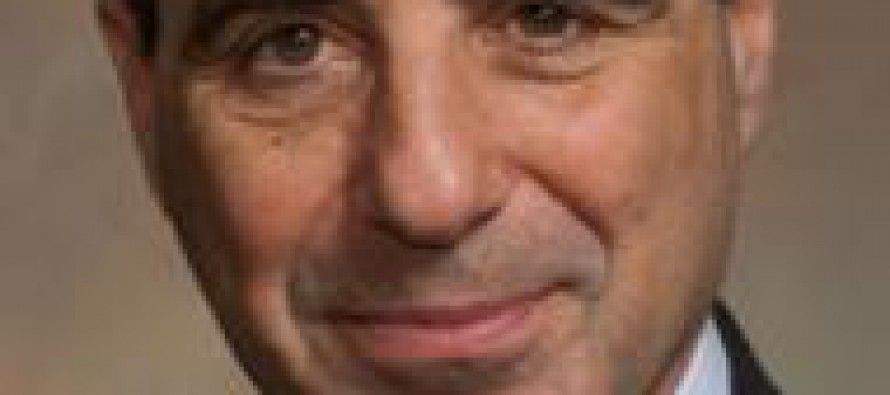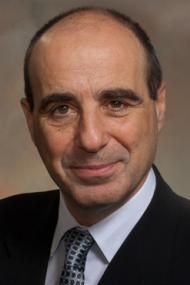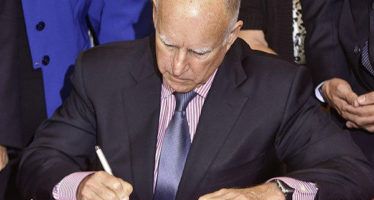Does CA suffer a doctor shortage?

 Most of the criticism of the Affordable Care Act rollout has been aimed toward rate shocks, canceled insurance policies and the disastrous federal exchange website. But one area in which the law is succeeding — particularly in the eyes of its creators — is Medicaid expansion.
Most of the criticism of the Affordable Care Act rollout has been aimed toward rate shocks, canceled insurance policies and the disastrous federal exchange website. But one area in which the law is succeeding — particularly in the eyes of its creators — is Medicaid expansion.
This October, more than 70,000 Californians gained eligibility for Medi-Cal, California’s Medicaid program for poor residents. That’s around twice as many as signed up for health insurance through the Covered California exchange, and the number of Medi-Cal enrollees is only expected to rise. California officials could enroll around 2 million residents in Medi-Cal within the next two years. Nationwide, some 9 million Americans could end up enrolled in Medicaid, according to the Congressional Budget Office.
In short, the Medicaid expansion has avoided one of the biggest problems plaguing the health care exchanges: People are actually signing up. However, that success poses another problem. There simply aren’t enough doctors who are willing to accept Medicaid, particularly in California. The New York Times has said that this would “aggravate” the “doctor shortage.” Others have said that the state doesn’t have a doctor shortage — just a misallocation of resources. CalWatchdog.com consulted a health policy expert to learn more.
Andrew Bindman, M.D., is a professor of medicine, health policy, epidemiology and biostatistics at the University of California, San Francisco. He helped congressional Democrats design the Affordable Care Act, called Obamacare. In an e-mail exchange with CalWatchdog.com, he rejected the idea that there was a shortage. The questions and answers have been edited for clarity.
CalWatchdog.com: How big is the doctor shortage problem in California? (Or is it not yet a problem?)
Bindman: The overall number of physicians in California relative to the size of our population does not suggest that we have a shortage. However, there are issues of mal-distribution both in terms of location and in terms of the types of providers practicing in our communities. Many rural areas, particularly in the Central Valley, have a number of physicians per the size of the population that is markedly below middle- and higher-income urban areas in the state. In addition, the state’s physician workforce is skewed toward specialists, so that the number of primary care physicians per capita in many parts of the state is below federally established standards.
Q: What precisely in the health care law is causing it?
A: It is not accurate to attribute areas of physician shortage to the health care law. First, the health care coverage expansion has yet to occur. Second, the patterns regarding the location and specialty type of our physician workforce had been described for many years prior to the passage of the Affordable Care Act. As pointed out in a recent federal report on the nation’s primary care workforce, we can anticipate that expansion of insurance coverage under the ACA will result in some increase in the demand for physician services, but a much more significant factor is the aging of our population. As we age as a society, we acquire a much higher burden of disease that creates a need for medical attention. The competition for physician time in the years ahead will be driven much more by the aging of our population than it will be by the expansion of coverage to the uninsured.
Q: What is the practical problem for the average consumer?
A: It is not entirely predictable what the health care marketplace will look like following the full implementation of the ACA in 2014. There has never in our history been an expansion of health insurance coverage that comes even close to what is about to occur. Having said that, Massachusetts is a state that implemented health reform that looks very much like what we are doing on a national level. What was seen in Massachusetts is that individuals who did not have a regular source of care prior to the expansion of coverage had some challenges at the outset getting sorted out to find a doctor with the capacity to care for them. Over time this dissipated. For those who gain coverage through Medicaid expansion, a high proportion are likely to continue to seek care through safety net providers (community health clinics, clinics at public hospitals, etc.). These sites in Massachusetts initially experienced an increase in their wait times, which has improved over time.
Q: What policies can alleviate the shortage?
A: One strategy we can deploy is to maximize the capacity of our health care workforce to meet the growing demand for service. In California we have relatively restrictive policies regarding the activities that various health care professionals need to follow that results in underuse of nurse practitioners, physician assistants and other non-physician health professionals, who as a part of teams or in some cases independently could play a more significant role than they currently do to address the health care needs of our population.
We also need to reform the payment system used by most payers including Medi-Cal to support non-face-to-face care delivery. The availability of the internet, email and other communication strategies could be utilized to a much greater degree to decrease the requirement for services to be delivered one at a time in an office setting. A physician’s time could in many cases be used much more efficiently and effectively if payers would support their time for providing services via the internet and email, and through their directing of teams of health professionals. The current fee-for-service payment strategy drives utilization, much of which is unnecessary, or that could be delivered more efficiently in other ways were it to be reimbursed. Were we to stop paying for the enormous amount of unnecessary care delivered every day, we would most likely find that our perceptions of a physician shortage would evaporate quickly.
Q: Is it possible to avert a shortage preemptively, or is it an inevitably at this point?
A: Characterizing the current situation in California or across the nation as a physician shortage is a gross oversimplification. What we most certainly have is an inefficient deployment of the physicians and other health professionals we have, as well as a dynamic situation in which a growing demand for services will make our mismanagement of our health care workforce more visible. We have missed opportunities, while planning for the expansion of insurance coverage in California and across the country, to plan for the corresponding demand for services that will come with that coverage expansion as well as the continued aging of our population. Perhaps the acute demand associated with the large expansion of coverage will shake us up to realize that we need to implement policies that will encourage the more efficient use of our resources. There will inevitably be those who think that the response should be to just train more doctors. Perhaps there is some role for this as our population ages and grows, but it takes a long time to train a doctor and there are many strategies we can deploy to make better use of the health care professionals we have to meet the demands of our population. The downside of seeing the problem as just a need to train more doctors is that, under our current system, those new doctors are likely to locate in the same places where we are already relatively well supplied (middle- and upper-income urban areas) and these doctors are more than likely to just add to the mal-distribution of specialists, rather than help the better distribution of primary care doctors.
Continue following CalWatchdog.com’s implementation of Obamacare, as we will track the success (or failure) of the law as enactment continues.
Related Articles
Gov. Brown signs major bills, including ones that expand workplace benefits
SACRAMENTO – In his veto message of two bills that would have banned smoking at California state parks and beaches,
Could this man beat Jerry Brown?
Odds are, Gov. Jerry Brown will be with California until 2019. Consider the political situation. It’s no secret that Brown,
Senate bill targets Vernon battery recycler
A new bill that today passed the California Senate, 33-0, is aimed at one specific company. And it would give great




